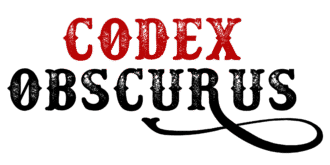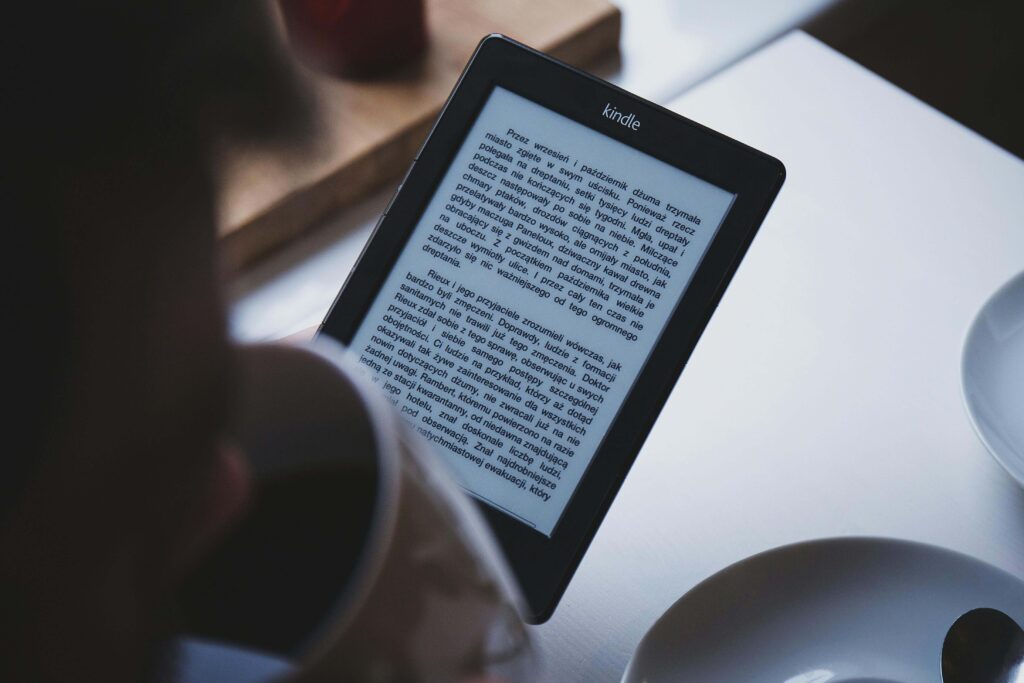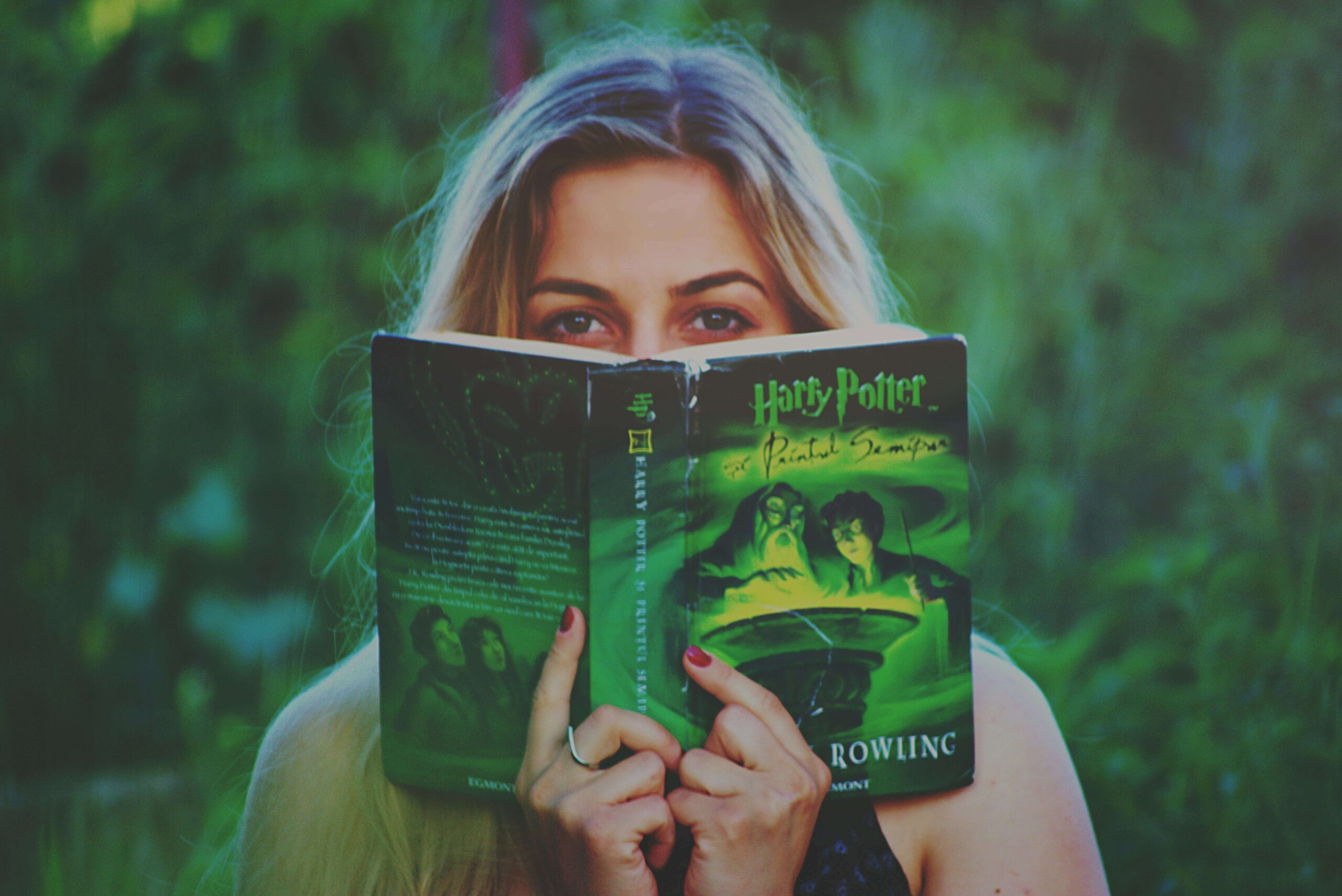
Your manuscript is nearly done, and you’re can’t wait to finally share it with the world. But now you’re facing the big question: should you publish it yourself or try your luck with a traditional publisher?
It’s the classic crossroads every author eventually reaches. And in 2025, choosing between self-publishing and traditional publishing is both a business decision and a deeply personal one.
I’ve seen writers wrestle with this question for months, stuck in Google rabbit holes and YouTube deep-dives, trying to figure out what will give their story the best shot.
Self-publishing feels bold and empowering, but also overwhelming. Traditional publishing feels validating, but painfully slow and nearly impossible to break into.
The truth is, both paths have their perks and pitfalls. One offers speed, flexibility, and control. The other offers prestige, professional polish, and distribution muscle. And there’s no one-size-fits-all answer. What works for one author might flop for another.
But before you choose your lane, let’s unpack everything—costs, royalties, creative freedom, and long-term earnings—so you can make the right call for your book.
Because whether you want to hit bestseller lists, build a writing career, or simply hold your finished story in your hands, the publishing path you pick will shape your journey from here on out.
What Is Traditional Publishing?
Traditional publishing means working with a professional publishing house that handles your book’s editing, design, marketing, and distribution. You typically need a literary agent to get your manuscript in front of the right eyes.
If a publisher likes your work, you’ll get a book deal that often includes an advance against future royalties.
That said, it’s not a quick or easy process. Publishers like Penguin Random House or HarperCollins don’t just hand out deals like free samples. You’ll likely spend months researching agents, fine-tuning your query letter, and bracing yourself for rejection emails that say things like, “This isn’t the right fit for our list.”
And if you’re lucky enough to land an agent? That’s just step one. The agent still has to pitch your book to editors, and even then, there’s no guarantee. It can take months (even years) of pitching and rejection before you land one.
Imagine selling thousands of copies of your book and still seeing less than a dollar per sale in your account.
And even then, your book might not hit shelves until a year or two later. But when it does, you get the benefit of industry professionals polishing your book until it’s bookstore-ready and established distribution to bookstores and libraries, which is tough to get on your own.
You also enjoy the credibility and validation that comes with a major publishing label, something that still matters for awards, reviews, and media exposure.
Most traditionally published titles come from just five publishing giants. These houses still dominate, and they can open doors that indie authors might find locked. But thanks to the rise of self-publishing and hybrid models, they aren’t the only route anymore.
Today, it’s less about waiting for a golden ticket and more about deciding how much control you’re willing to give up to get your book on the shelves.
What Is Self-Publishing?
Self-publishing is exactly what it sounds like: you publish your book yourself. No gatekeepers. No middlemen. You upload your manuscript directly to platforms like Amazon KDP, IngramSpark, or Barnes & Noble Press, set your own price, and hit “publish.”
It sounds simple because it is. But simple doesn’t mean easy. You’re now the author, editor, marketer, designer, and publicist, all rolled into one.
You’re the person deciding on your book cover, running ads, replying to readers, checking print quality, tweaking your description, and figuring out how to get reviews without sounding desperate.
Still, that freedom has its perks. You control every part of the process—from your launch date to your pricing strategy—and that level of independence is rare in traditional publishing.
In 2023, Amazon reported that over 50% of its top-selling books came from indie authors. That’s not a fluke. It’s a trend. Some of the biggest names in fiction today, like Colleen Hoover and Andy Weir, got their start by self-publishing.
Self-publishing is no longer plan B. It’s a dominant force in the industry. And if you’re smart, strategic, and willing to learn, it can be the most empowering business decision you ever make as a writer.
The Pros of Self-Publishing
If you’re someone who likes control, fast results, and creative freedom, self-publishing might feel like a dream. It allows you to skip the gatekeepers and build something that’s truly yours from the ground up. You get higher royalties, and I mean significantly higher.
On Amazon KDP, you can earn up to 70% per sale, which is miles ahead of the 10–15% you’d typically get from a traditional publisher.
That difference may not seem like much at first glance, but when you start moving hundreds or thousands of copies, it adds up fast. That extra margin can mean the difference between breaking even and making a living.
The faster time to market is another massive advantage. You could write a book today and have it live on Amazon by next week. No long waits, no endless back-and-forth with agents or editorial boards.
Traditional publishers often take 12 to 24 months to get a book from contract to shelves, and in that time, trends change, your momentum fades, and sometimes, your story no longer feels as urgent.
But one of the biggest reasons authors fall in love with self-publishing is the creative freedom. You get to decide what your book looks like, sounds like, and even how it’s priced. You control the title, the cover design, the formatting, and the release schedule.
There’s no one telling you to tone down your voice or rewrite your ending to appeal to some imaginary market.
Then there’s the global reach. Thanks to platforms like Amazon, Apple Books, and Kobo, your book can be discovered in over 100 countries. That kind of international exposure used to be a luxury only big publishing houses could offer. Now, you can launch globally from your laptop in a coffee shop.
When I self-published my first book, I didn’t wait for anyone’s approval. I tested the title, redesigned the cover three times, and even changed my pricing based on real-time feedback. And that kind of flexibility just isn’t possible in the traditional world.
You’re not just the author—you’re the creative director, the business strategist, and the brand. And while that can be overwhelming, it’s also incredibly empowering.
The Cons of Self-Publishing
Of course, freedom comes with responsibility and cost. Self-publishing requires you to invest your time, energy, and money upfront because you’re building an entire publishing business around it.
You’ll be handling everything from editing to marketing. A professional edit isn’t optional if you want to compete with traditionally published books. It’s essential. Expect to pay anywhere from $300 to $2,000, depending on the length and complexity of your manuscript.
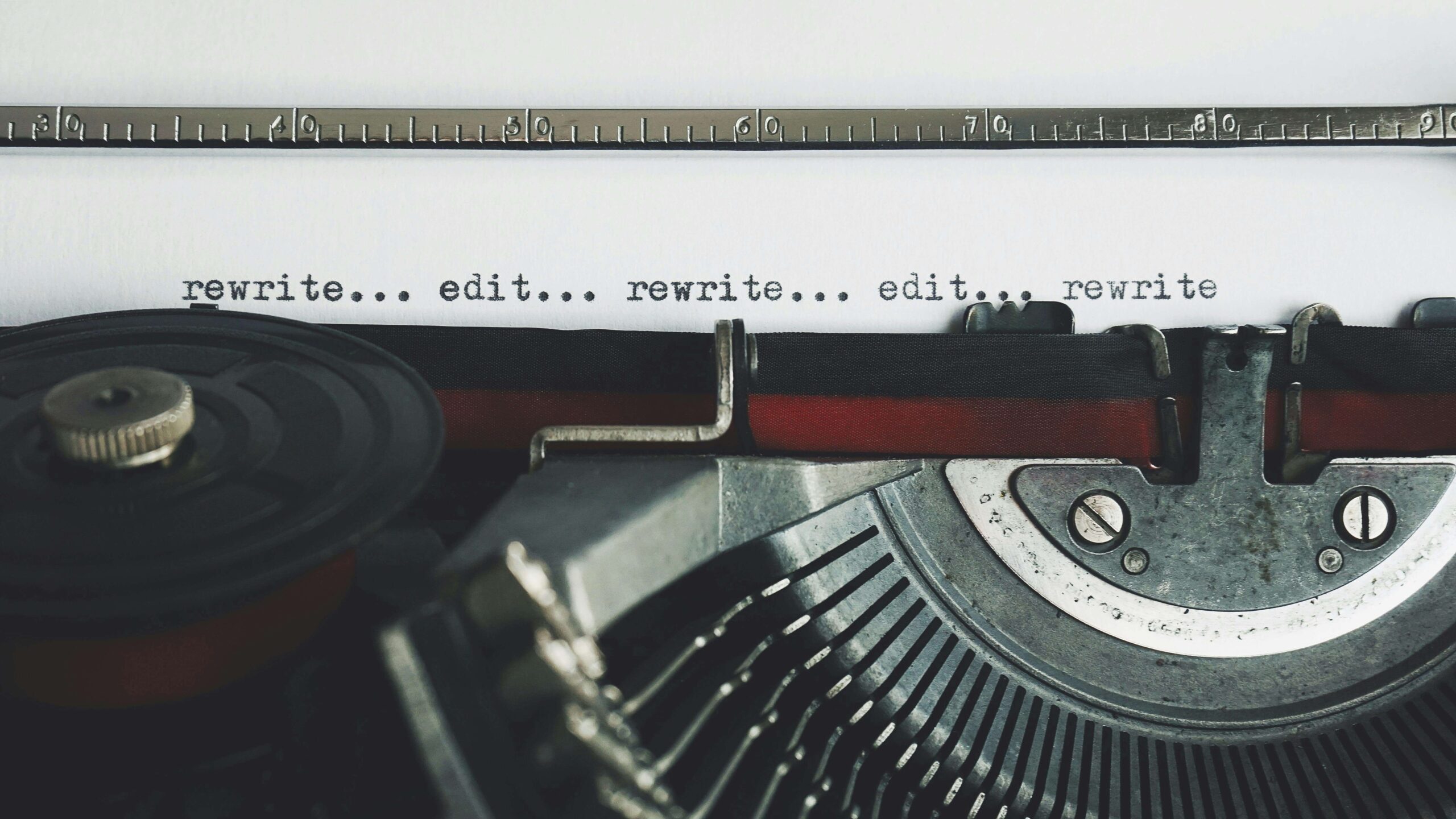
I’ve personally paid nearly $1,000 just for line editing on a 70,000-word novel, and it was worth every cent because the final product didn’t read like a blog draft. It read like a real book. Then there’s your cover design.
You can absolutely spot a DIY cover from across the room, and readers do judge books by them. A good designer will charge you $100 to $500, sometimes more if you want custom illustrations or multiple versions for different formats. I’ve tried Canva once, and let’s just say… the results stayed on my hard drive.
Marketing is where most self-published authors either sink or swim. You’re the marketing department. That means learning how Facebook and Amazon ads work, building a newsletter, managing your ARC team, and possibly even hiring a publicist.
None of it’s impossible, but it’s a steep learning curve. You’ll be testing keywords, tweaking copy, and watching ad spend like a hawk.
And the reality is, even if you write an incredible book, no one will know it exists unless you get it in front of the right readers. That’s the part no one warns you about.
And let’s not forget: some readers, reviewers, and bookstores still hold bias against self-published books, despite the massive success of indie titles like The Martian by Andy Weir and It Ends With Us by Colleen Hoover.
There’s still this outdated idea that self-publishing is what you do when your book “isn’t good enough” for a real publisher. That stigma is fading, slowly, but it hasn’t disappeared completely.
Even now, getting your self-published book stocked in a brick-and-mortar bookstore is an uphill battle unless you’re already a proven bestseller.
In short, self-publishing puts you in control—but you’ve got to be ready to wear all the hats, juggle all the roles, and treat your book like a business.
The Pros of Traditional Publishing
There’s still a reason authors chase book deals. Despite the rise of self-publishing, traditional publishing still holds weight, and for good reason. With traditional publishing, you benefit from built-in editorial teams that bring a professional touch to every page.
Your manuscript goes through multiple rounds of editing, from developmental edits that strengthen your structure and storytelling to line edits that polish your sentences to near perfection.
The layout and cover design are also handled by professionals who know what sells in your genre and how to package your book for bookstore shelves.
Self-publishing is no longer plan B. It’s a dominant force in the industry.
And speaking of shelves, wider distribution is one of the biggest perks. Your book can land in Barnes & Noble, indie bookstores, and even airport shops, the kind of visibility that’s tough to achieve as a self-published author.
Plus, libraries are far more likely to order copies of traditionally published titles, giving you even more reach. Then there’s the media credibility.
Whether it’s a review in The New York Times or eligibility for literary awards, traditionally published books simply have an easier time breaking into these circles. Many mainstream outlets won’t even consider self-published titles, no matter how brilliant they are.
Let’s not forget advance payments. While not guaranteed, many authors receive $5,000 to $50,000 upfront, money that comes before you’ve sold a single copy. This isn’t just a confidence boost; it’s a financial cushion that can help you invest time into writing your next project.
If you’re writing a literary novel, a nonfiction book with serious media potential, or you just want the prestige of a big name behind your book, traditional publishing is still the gold standard. It offers structure, legitimacy, and support in ways that self-publishing often can’t match, at least not right away.
The Cons of Traditional Publishing
But the gold comes with strings.
The reality is you’ll have to wait… a lot. From the moment you start querying agents, you’re entering a waiting game that can stretch on for months or even years. You wait for responses, then more waiting as your agent shops your manuscript around.
And if you do land a deal, your book might still not hit shelves for another 12 to 24 months. It’s a marathon, a test of patience, stamina, and whether you can keep your excitement alive while playing the long game.
You lose control, too. That title you spent weeks perfecting? The publisher might toss it out in favor of something more “marketable.” Your dream cover design? Not your decision.
Some authors even face requests for significant rewrites that change the tone or message of their story entirely. And once you sign, you’re often contractually obligated to go along with these changes, even if they go against your vision.
Then there’s the money. You earn less. Traditional publishing royalties typically fall between 10% to 15%, and even those aren’t guaranteed until your advance “earns out,” which, for many authors, never happens.
Imagine selling thousands of copies of your book and still seeing less than a dollar per sale in your account. It happens more often than you’d think.
Marketing isn’t guaranteed either. Unless you’re a household name or a social media sensation, don’t expect a big promotional budget.
Many traditionally published authors are surprised to learn they still have to hustle just as hard—building an email list, booking podcast interviews, paying for ads, and showing up on social media like any self-published author would.
Sometimes, even more so, because they have to prove their book is worth the publisher’s limited resources.

And one more thing: the rights to your work may be tied up for years. Once you sign, you often can’t re-release your book under your own name, make changes, or explore other income streams like audiobooks, translations, or screen adaptations—unless the publisher says so.
That might not feel like a big deal now, but if your book takes off later or you want to pivot your brand, having your rights locked away can feel like a creative straightjacket.
In other words, traditional publishing might look glamorous from the outside, but behind the scenes, it’s a high-stakes partnership that requires a lot of compromise and a thick skin.
Cost Comparison: Self-Publishing vs Traditional Publishing
Let’s talk numbers.
When you break it all down, the cost comparison between self-publishing and traditional publishing reveals just how different the paths really are, not just in what you pay, but in what you keep.
Expense Self-Publishing Traditional Publishing
Editing & Proofreading $500–$2,500 out of pocket Covered by publisher
Cover Design $100–$500 (for a professional look) Covered by publisher
Marketing & Ads $100–$5,000+ (based on your budget) Minimal or none (unless you're a big name)
Upfront Advance None $5,000–$50,000+
Time to Market 1–4 weeks 12–24 months
Royalty Rate (avg) 35%–70% per sale 10%–15% per sale
Rights Ownership Full (you own everything) Partial or none (depends on the deal)
With self-publishing, you’re footing the bill for everything upfront. Professional editing, a strong cover, and effective marketing aren’t optional if you want your book to sell.
They’re essential investments. And while the costs can add up, what you get in return is creative control, speed, and most importantly, significantly higher royalties.
Traditional publishing shifts most of the upfront costs to the publisher, and yes, you get that sweet upfront advance. But it comes with lower royalty rates, limited rights, and a much longer timeline. You also have far less control over your book’s final appearance, price, or even release schedule.
If you want speed, flexibility, and long-term earnings, self-publishing usually wins, especially if you’re willing to learn and treat it like a business.
But if you’re aiming for prestige, bookstore access, and the support of a professional team, traditional publishing has the edge. Just know what you’re giving up to get it.
Which Path Should You Choose?
Take a moment to think about what you really want from your book. Are you someone who craves full control over your work? Do you want to make the decisions about everything from the cover to the price?
If you’re the type who loves the idea of running the show, then self-publishing might be the way to go. It gives you the freedom to make your book exactly how you envision it.
But here’s the catch: it’s not all rainbows. If you’re going down the self-publishing route, you’ll need to be ready to put your money where your mouth is.
Yes, there are costs upfront—editing, cover design, marketing, and all the logistics that come with publishing. It’s an investment, but it’s also an opportunity to make higher profits and move fast without waiting around for approval.
On the flip side, if you’re someone who values validation, the prestige of being on bookstore shelves, and a team of experts working on your behalf, then traditional publishing might feel like the dream.
You get professional editors, designers, marketers, and the assurance that someone is working to get your book into the hands of readers. But don’t forget: it comes with waiting. The process of getting an agent, signing a deal, and seeing your book published can take months or even years.
You’re not just the author—you’re the creative director, the business strategist, and the brand.
And even once your book is out there, you may not have as much control over how it’s marketed or what changes the publisher might request.
But hey, you don’t have to choose just one. Many authors start with self-publishing, building a loyal audience, and learning the ropes of marketing and sales. Once they’ve built some momentum, they might sign a traditional publishing deal.
This way, you get the best of both worlds—keeping control over your early career while benefiting from the advantages of a big-name publisher when the time is right.
The choice is yours, but whichever path you take, remember, it’s about finding what fits your goals, resources, and vision for your future as an author.
My take? If I were starting today, I’d self-publish. Not because it’s easier—it’s definitely not—but because it gives you the kind of power that traditional publishing can’t.
When you self-publish, you’re in charge. You set the pace, you decide when the book hits the shelves (or screen, in this case), and most importantly, you get to keep the rights to your own work.
That means control over every decision, from the cover to how your book gets marketed. It’s your brand, your vision, your creation, and you don’t need anyone’s permission to share it with the world.
What’s more, we’re living in an age where platforms like TikTok, Substack, and Amazon have completely reshaped how books get discovered. Forget about relying on bookstore placements or waiting for a publisher to back your book with a big marketing budget.
These platforms put power in your hands, allowing you to connect directly with readers. It’s the kind of freedom that can transform a little-known author into the next big thing overnight. If you’ve got the right story, the right audience, and the right hustle, the sky’s the limit.
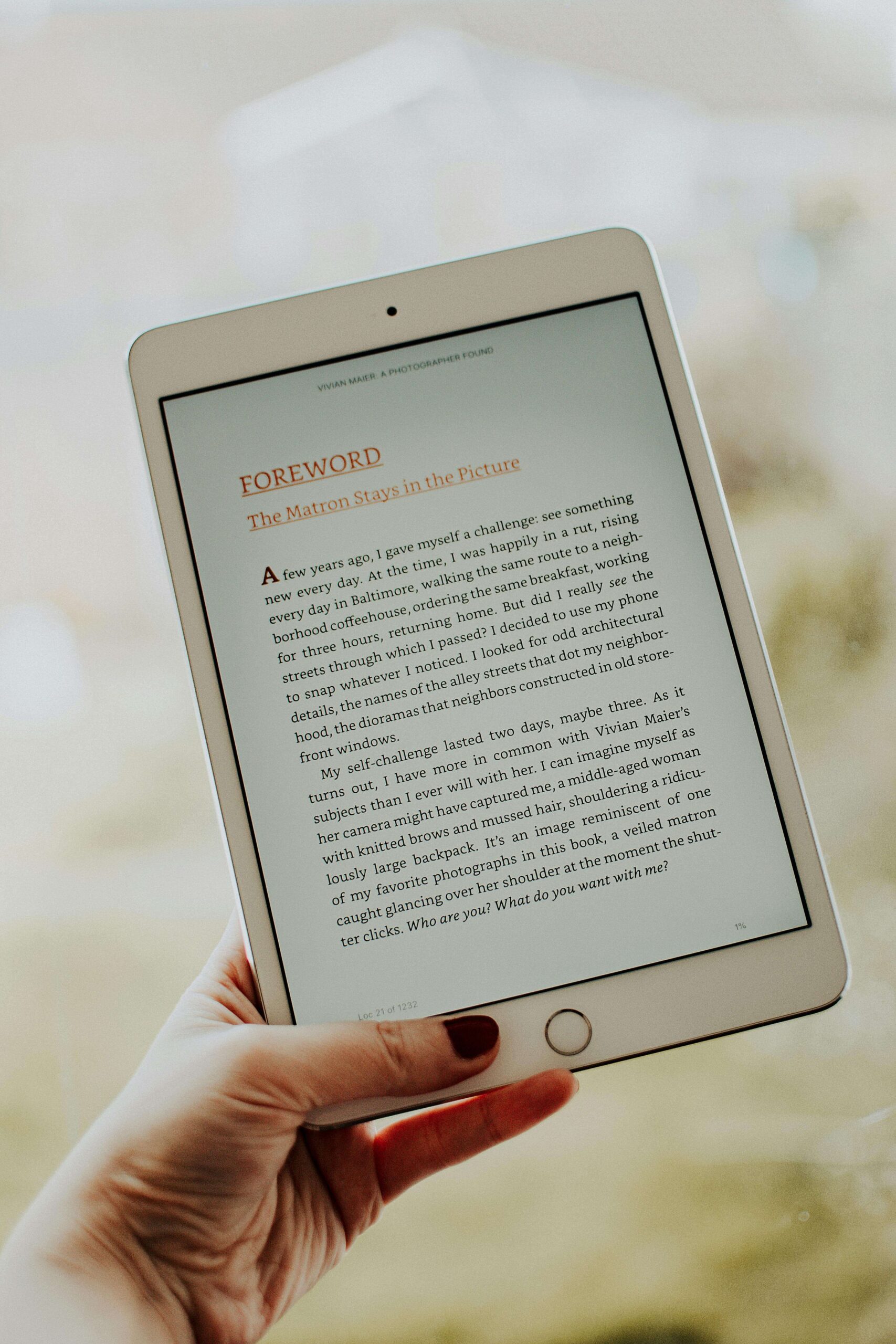
Now, don’t get me wrong—traditional publishing has its perks, and it definitely works for certain types of books and authors. But in 2025, the indie route isn’t some backup plan for those who couldn’t land a deal.
It’s a serious, smart, and scalable way to build a career as a professional author. If you’re willing to put in the work, learn the ropes, and invest in your book like a business, self-publishing can be just as legitimate—and often more lucrative—than going the traditional route.
So, if you’re still sitting there waiting for the perfect moment or waiting for someone to give you the green light, it’s time to stop. Your story is already written, and the world is ready for it. Now, it’s up to you to own it.
